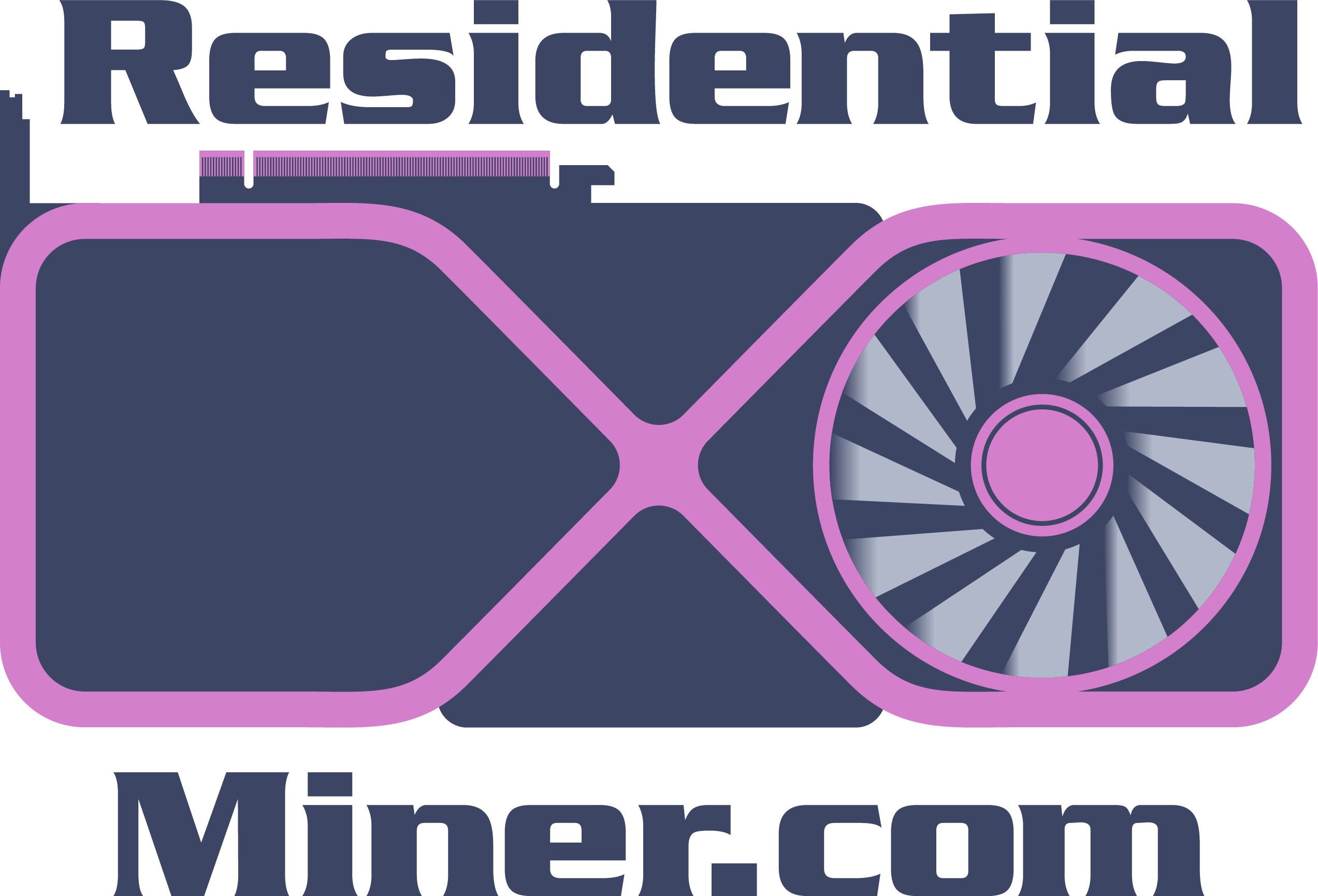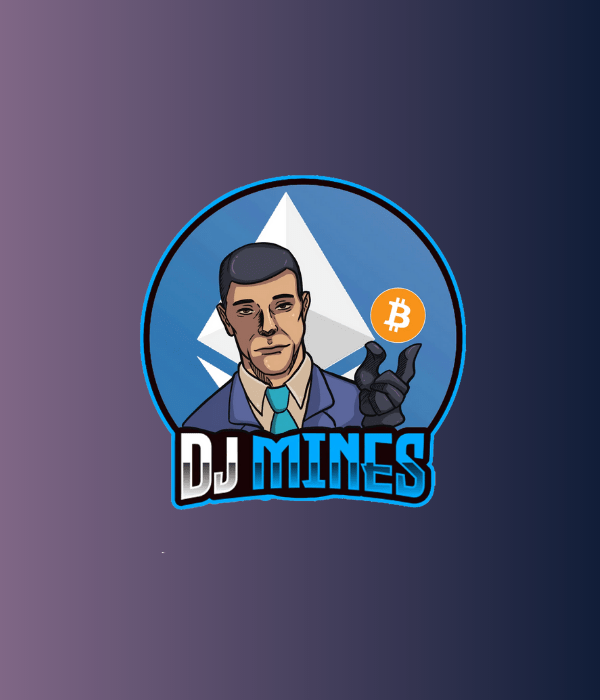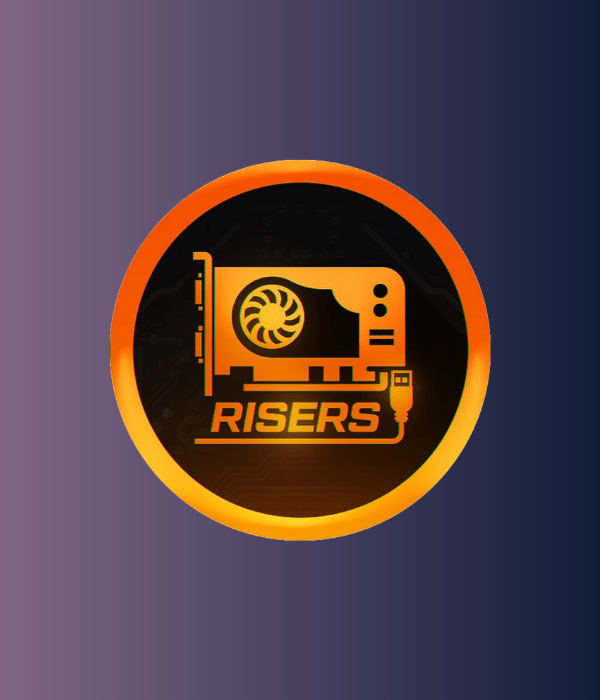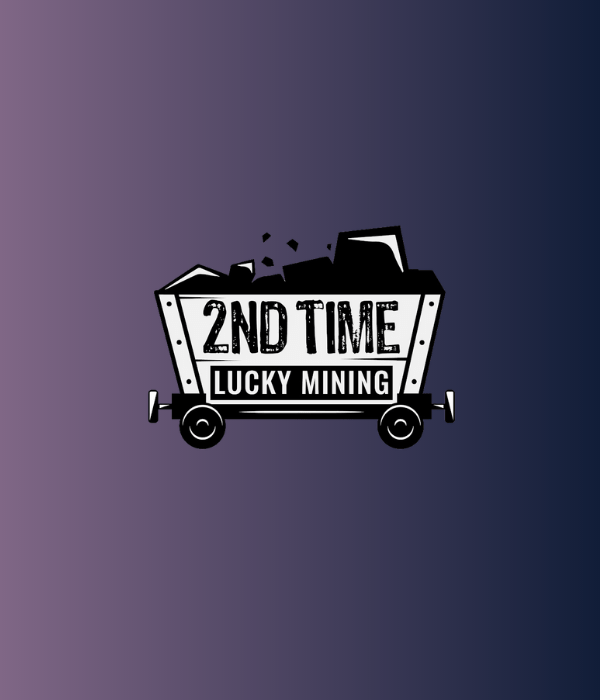Discover the World of Residential Mining and Maximize Your Earnings
At Residential Miner, we’re dedicated to providing you with comprehensive information and resources to help you navigate the world of residential mining effectively. Whether you’re a beginner or an experienced miner, our FAQ page is designed to address your most pressing questions and provide valuable insights into residential mining.
Our FAQ page is designed to address the most common questions and concerns related to residential mining. Whether you’re curious about the mining process, equipment requirements, troubleshooting, or account management, we’ve got you covered. Explore the categories below to find the information you need.
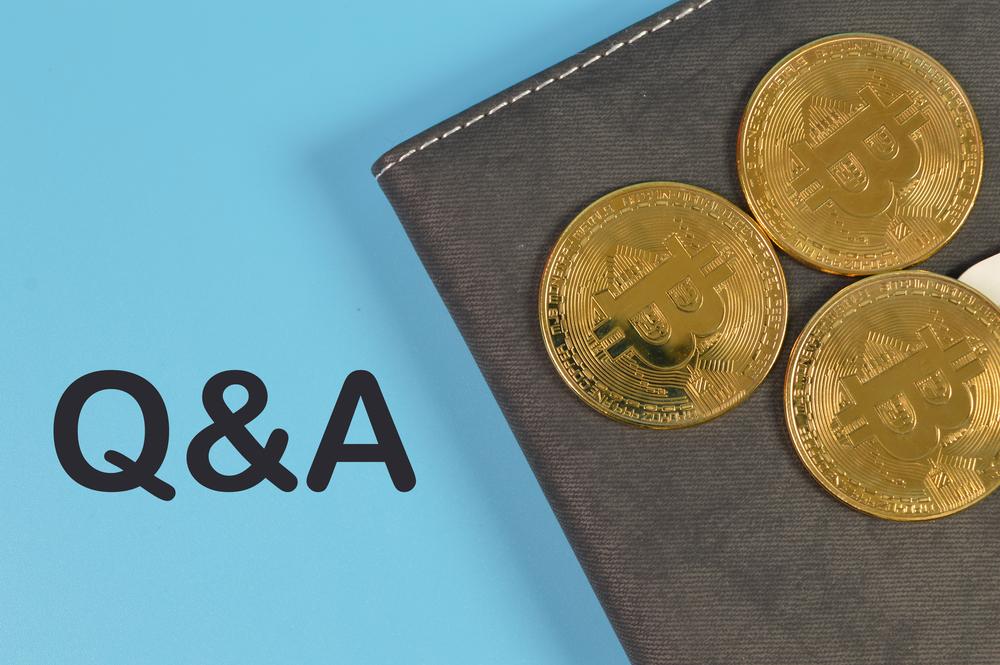
FAQs
Getting Started
What is residential crypto mining?
Unveiling the Power of Mining Cryptocurrencies from Home
Residential Crypto mining is a revolutionary concept that enables individuals to mine cryptocurrencies from the comfort of their own homes. By utilizing specialized mining equipment and leveraging the power of blockchain technology, you can actively participate in the mining process and earn cryptocurrencies as a reward.
How does crypto mining work?
Crypto mining works by using powerful computers to solve complex mathematical equations that verify transactions on a blockchain network. Miners are rewarded with newly generated coins for their efforts.
What is the purpose of crypto mining?
The purpose of crypto mining is to secure a blockchain network and verify transactions. Without mining, a blockchain network would be vulnerable to attacks and fraud.
How is crypto mining different from traditional mining?
Crypto mining is different from traditional mining because it involves using powerful computers to solve complex mathematical equations, rather than using physical labor to extract resources from the earth.
Which cryptocurrencies can be mined?
Most cryptocurrencies can be mined, but some are designed to be mined using specific hardware, such as Bitcoin's SHA-256 algorithm, or Ethereum's Ethash algorithm. Learn more about which coins can be mined.
How much does it cost to start mining cryptocurrency?
The cost of starting to mine cryptocurrency varies depending on the hardware and software used, as well as the cost of electricity in the region.
How long does it take to mine one cryptocurrency block?
The time it takes to mine one cryptocurrency block varies depending on the network difficulty and the computing power of the mining equipment used.
What is a mining pool?
A mining pool is a group of miners who combine their computing power to mine cryptocurrencies and share the rewards.
Mining Equipment
What equipment is needed for crypto mining?
The equipment needed for crypto mining includes a powerful computer, a mining software program, and specialized hardware such as an ASIC or GPU.
How much does it cost to start mining cryptocurrency?
The cost of starting to mine cryptocurrency varies depending on the hardware and software used, as well as the cost of electricity in the region.
What is a mining rig?
A mining rig is a computer system specifically designed for crypto mining, often consisting of multiple GPUs or ASICs.
What is a mining farm?
What is a hash rate?
What is a full node?
A full node is a node that stores a complete copy of the blockchain and helps to validate transactions and add new blocks to the blockchain.
What is a hard fork?
A hard fork is a significant change to a blockchain network that results in a new version of the blockchain, often leading to the creation of a new cryptocurrency.
What is a soft fork?
A soft fork is a minor change to a blockchain network that does not result in a new version of the blockchain or the creation of a new cryptocurrency.
What is a block time?
A block time is the amount of time it takes for a miner to verify a block on a blockchain network.
What is a halving?
A halving is an event that occurs in some cryptocurrencies when the block reward is cut in half, reducing the rate of coin generation. Learn more About Halving.
What is a mining calculator?
A mining calculator is a tool that allows users to estimate their potential earnings from mining a particular cryptocurrency based on their hardware and electricity costs. Learn more.
What is a mining software program?
What is a block size limit?
A block size limit is the maximum size that a block on a blockchain network can be, which is determined by the network's software and consensus rules.
What is a nonce?
A nonce is a random number that miners must find to solve the mathematical equation that verifies a block on a blockchain network.
What is a wallet address?
A wallet address is a unique identifier that is used to send and receive cryptocurrency on a blockchain network.
What is a block height?
A block height is the number assigned to a block on a blockchain network, which increases with each new block that is added to the blockchain.
What is a pre-mined cryptocurrency?
A pre-mined cryptocurrency is a cryptocurrency that has been created by its developers before it is released to the public, and therefore has some or all of its initial supply already in existence.
What is a whitepaper?
A whitepaper is a document that outlines the details of a cryptocurrency project, including its technology, goals, and how it will be developed and managed.
What is a decentralized application (dApp)?
A decentralized application (dApp) is an application that runs on a blockchain network and is designed to be decentralized, meaning that it is not controlled by a single entity.
What is a smart contract?
A smart contract is a self-executing contract that is stored on a blockchain network and automatically executes the terms of the contract when certain conditions are met.
What is a gas fee?
A gas fee is a fee paid by users of a blockchain network to cover the cost of computing resources required to execute a transaction or smart contract.
What is a private key?
A private key is a secret code that is used to access a cryptocurrency wallet and authorize transactions on a blockchain network.
What is a public key?
A public key is a code that is used to receive cryptocurrency in a wallet on a blockchain network.
What is a seed phrase?
A seed phrase, also known as a recovery phrase, is a series of words that are used to recover a cryptocurrency wallet in the event that the private key is lost or stolen.
What is a cold wallet?
A cold wallet is a cryptocurrency wallet that is not connected to the internet and is therefore less susceptible to hacking or theft.
What is a hot wallet?
A hot wallet is a cryptocurrency wallet that is connected to the internet and is more vulnerable to hacking or theft than a cold wallet.
Mining Process
How many transactions can be verified in one cryptocurrency block?
The number of transactions that can be verified in one cryptocurrency block varies depending on the size of the block and the size of the transactions.
How can I join a mining pool?
To join a mining pool, you typically need to sign up on the pool's website and follow their instructions for setting up your mining equipment.
How do I choose a mining pool?
When choosing a mining pool, consider factors such as the pool's reputation, fees, and payout structure.
What is a mining difficulty?
Mining difficulty is a measure of how hard it is to mine a cryptocurrency. As the number of miners on a network increases, the mining difficulty also increases.
How is mining difficulty adjusted?
Mining difficulty is adjusted automatically by the network every few blocks, based on the amount of computing power on the network.
What is a block reward?
A block reward is the amount of cryptocurrency that is generated and awarded to the miner who successfully verifies a block.
What is a transaction fee?
A transaction fee is a small amount of cryptocurrency paid by users to incentivize miners to include their transactions in a block.
How are transaction fees calculated?
Transaction fees are calculated based on the size of the transaction and the current network congestion.
What is a proof of work (PoW) algorithm?
A proof of work (PoW) algorithm is a method used by some cryptocurrencies to verify transactions and add new blocks to the blockchain. Miners must solve a complex mathematical equation to verify a block, which requires significant computing power.
What is a proof of stake (PoS) algorithm?
A proof of stake (PoS) algorithm is an alternative to proof of work that requires users to hold a certain amount of cryptocurrency in order to validate transactions and add new blocks to the blockchain.
What is a mining difficulty chart?
A mining difficulty chart is a visual representation of the mining difficulty on a blockchain network over time.
Contact Us for Further Assistance
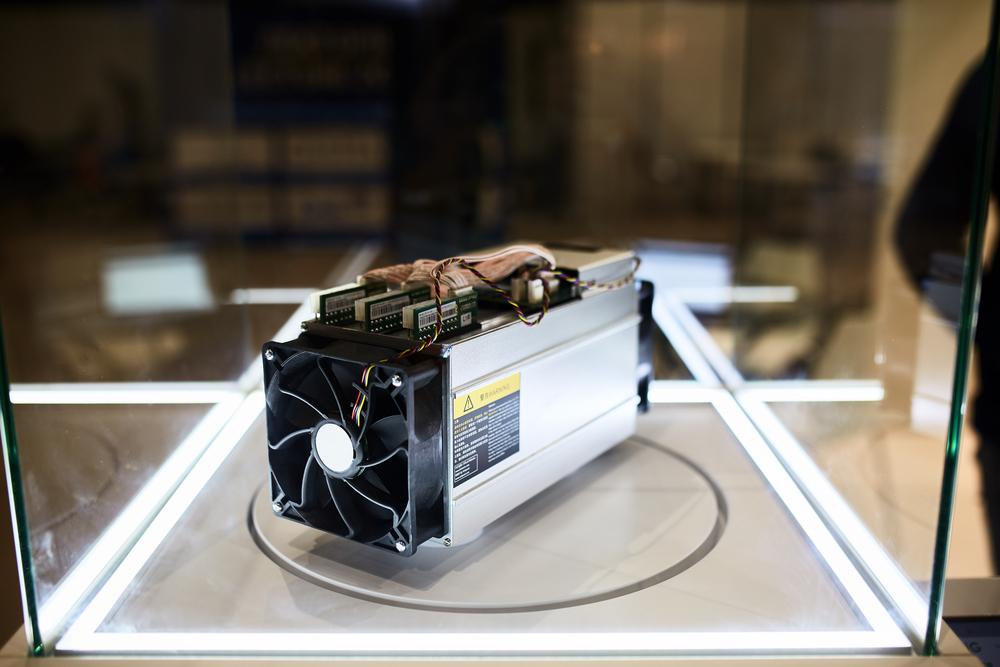
ASIC Mining
ASICs are specialized mining hardware that are designed to perform a specific task with greater efficiency than general-purpose hardware. In the context of cryptocurrency mining, ASICs are specifically designed to solve the complex mathematical equations required to mine cryptocurrency, making them much more efficient than general-purpose hardware.
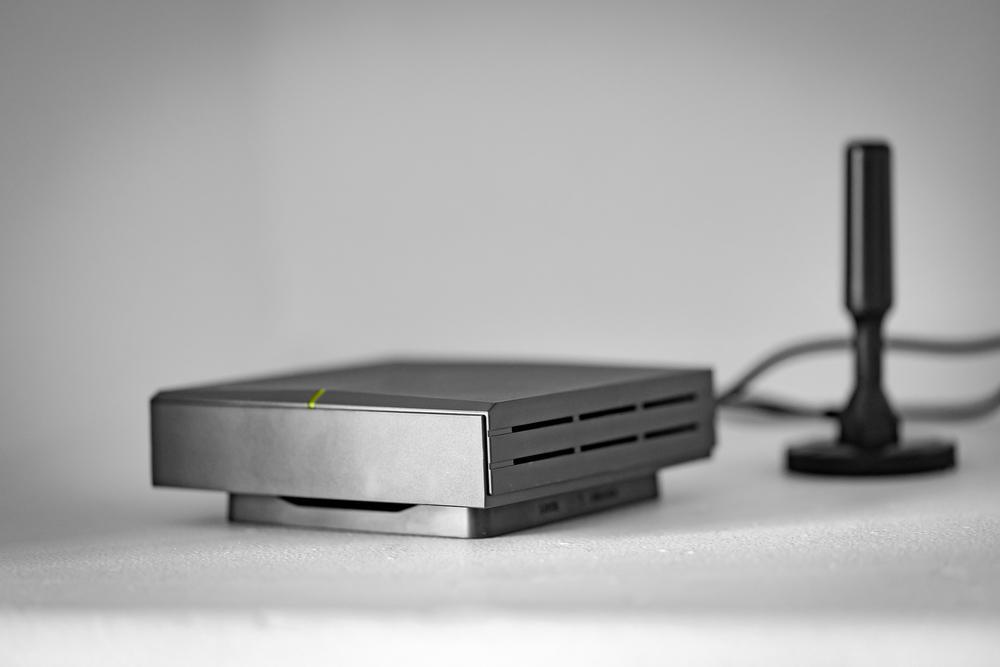
Helium Mining
Helium mining is a new type of crypto mining that is based on a different type of blockchain technology. Unlike traditional cryptocurrencies, which use proof-of-work to verify transactions, Helium uses a consensus mechanism called proof-of-coverage. This mechanism relies on miners to provide network coverage in a specific geographic area, and rewards them with crypto in exchange.

GPU Mining
GPU mining is the process of using graphics processing units (GPUs) to mine cryptocurrencies. GPUs are capable of providing a significant amount of computational power for mining. They are particularly useful for mining cryptocurrencies that are designed to be ASIC-resistant, as they can be reprogrammed to mine different types of cryptocurrency.
Popular Cryptomining YouTubers
Improve your Cryptomining experience!
These Cryptomining YouTubers offer incredibly informative beginner’s guides, and great tutorials for the “at-home-miner”. From building your first rig, to overclocking your GPUs, these youtubers will guide you in the right direction.
Altered Component
GPU Miner
Max Voltage Mining
Crypto Miner
The Mining KiiNG
GPU Miner
Rabid Mining
Crypto Miner
DJ Mines
Crypto Miner
GPURisers
GPU Miner
Brandon Coin
GPU Miner
2ndTL Mining
GPU Miner
Son of a Tech
Crypto Miner
New England Crypto
GPU Miner
Red Fox Crypto
Crypto Miner
TekShinji
GPU Miner
Unlock Your Financial Future with Residential Mining
Delve into the world of residential mining and learn how it can be a game-changer for your financial future. Explore the possibilities of earning passive income through mining cryptocurrencies from the comfort of your own home.
